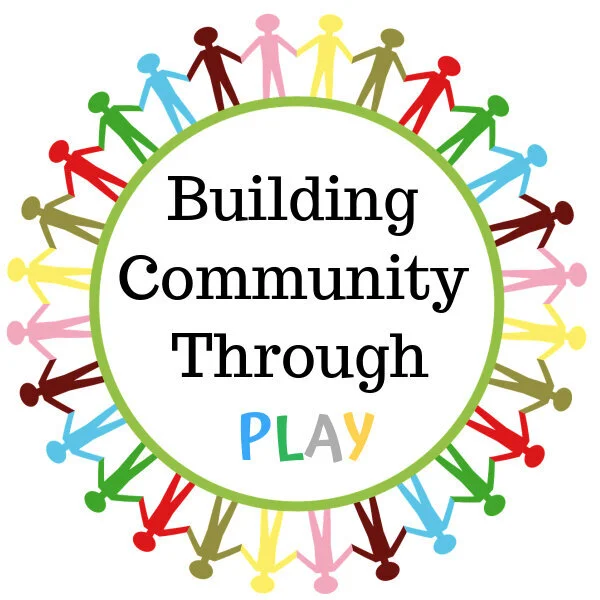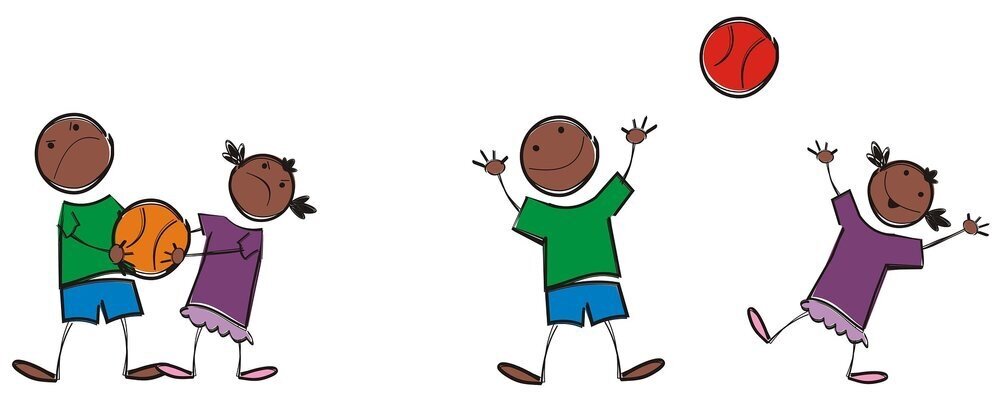By Michelle Dow
Welcome to the 100th blog post on picky eating. If you are like me, you are probably desperate to read every article on this topic. My goal here isn’t to preach or say magical things, but rather to share what has worked for my kids in hopes that all of our “little wonders” may eat more vegetables. Here are some ideas that I’ve used with my kids, especially my oldest, who at the age of 5 is still picky.
Idea #1 – Flavors
Some kids just do not like plain steamed veggies. The solution: make them tasty.
• Steam veggies and toss a little butter on them. Who doesn’t love buttery goodness?
• Roast veggies with a little bit of olive oil and garlic salt.
• Offer dips with vegetables. My toddler is a big dipper and loves to dip anything. I offer him guacamole, hummus, bean dip and even ranch dressing. Some kids might even like ketchup with their veggies!
Idea #2 – Shapes and Choices
Presentation can go along way in encouraging your child to try new vegetables.
• Cut veggies into different shapes. For example, my toddler wasn’t a fan of sliced raw carrots until he tried thinly shredded raw carrots. It turns out the smaller pieces made the carrots easier to eat and more enjoyable!
• Use shredded or spiralized zucchini or squash instead of pasta.
• Add sprinkles to a dish and suddenly vegetables are considered fun. It might sound odd, but it works!
• Take kids to the grocery store, point out the colorful veggies, and ask them to pick out one or two.
• Kiss your vegetables. My friend has her daughter kiss “goodbye” the foods she won’t eat. The hope is that once her daughter’s lips touch the food, she just might be curious enough to try it again.
Idea #3 – Cook Together
Put on aprons and make preparing vegetables a fun activity. It may encourage more adventurous eating.
• Stir veggies in a bowl. My oldest loved to “cook” with me at the age of 2. In reality he was just stirring veggies or cheerios in a bowl, but it made him feel like he helped.
• If your little one is able to, let her add ingredients while cooking together. For example, my picky eater helped me make special pancakes and broccoli patties by turning on the mixer and adding ingredients. And boy was he excited about them! Another example is smoothies; have your kids help by putting ingredients in the blender.
TIP: Spinach is easy to drink in smoothie form in combination with favorite fruits.
Idea #4 – Family Dinners
Demanding jobs and various bedtimes may make family dinners difficult to do every day, but when the whole family eats at the same time, your child may be encouraged to try new foods she sees on your plate.
• Have a Taco Tuesday party and lead by example: load your plate with veggies. At our house we set up a build-your-own taco bar. My toddler will pretty much follow my lead. For my oldest, we ask him to choose at least one veggie (corn, guacamole, tomato, etc.) for his tacos. He can have all the taco meat and rice he wants, but he must include at least one veggie.
• Have a pizza night! My husband and son will make the dough from scratch, and everyone can shape the dough themselves (TIP: Also try cauliflower crusts.) Offer a variety of toppings and show the kids what fun veggies you included on your pizza!
Idea #5 – Creative Recipes
When all else fails, hide those veggies. I have some recipes that have been a staple in my kids’ diets for over 4 years. They love them, and I smile knowing how many veggies are in each bite.
• One of my favorite recipes is pancakes consisting of oats, eggs, apple sauce, milk, bananas, cinnamon, and a splash of vanilla. And because I’m sneaky, I add spinach or another mild veggie such as zucchini.
• Meatballs, stuffed peppers, and meatloaf are all great opportunities to hide veggies. I make a new batch of meatballs each week with a different ground meat (ground chicken, turkey, or beef). I also change what veggie I hide in the meatballs: spinach, broccoli, cauliflower, etc. TIP: If you make a big enough batch, you can quickly heat a portion up for easy dinners throughout the week.
• Riced cauliflower looks very similar to white rice, and my kids gobble it up!
• Other great resources for creative recipes include the websites yummytoddlerfood.com and kids.eat.in.color.
Finally, what I’ve learned over the years is to persistently offer foods I know my kids like and don’t like. Even after they protest, put that piece of broccoli on the plate, pack some raw carrots in their lunch, give them grapes, etc. Use the ideas I’ve given in this blog post. One of these days, they just might surprise you. And if you think this picky stage will never end, just know that I’m right there with you.



































